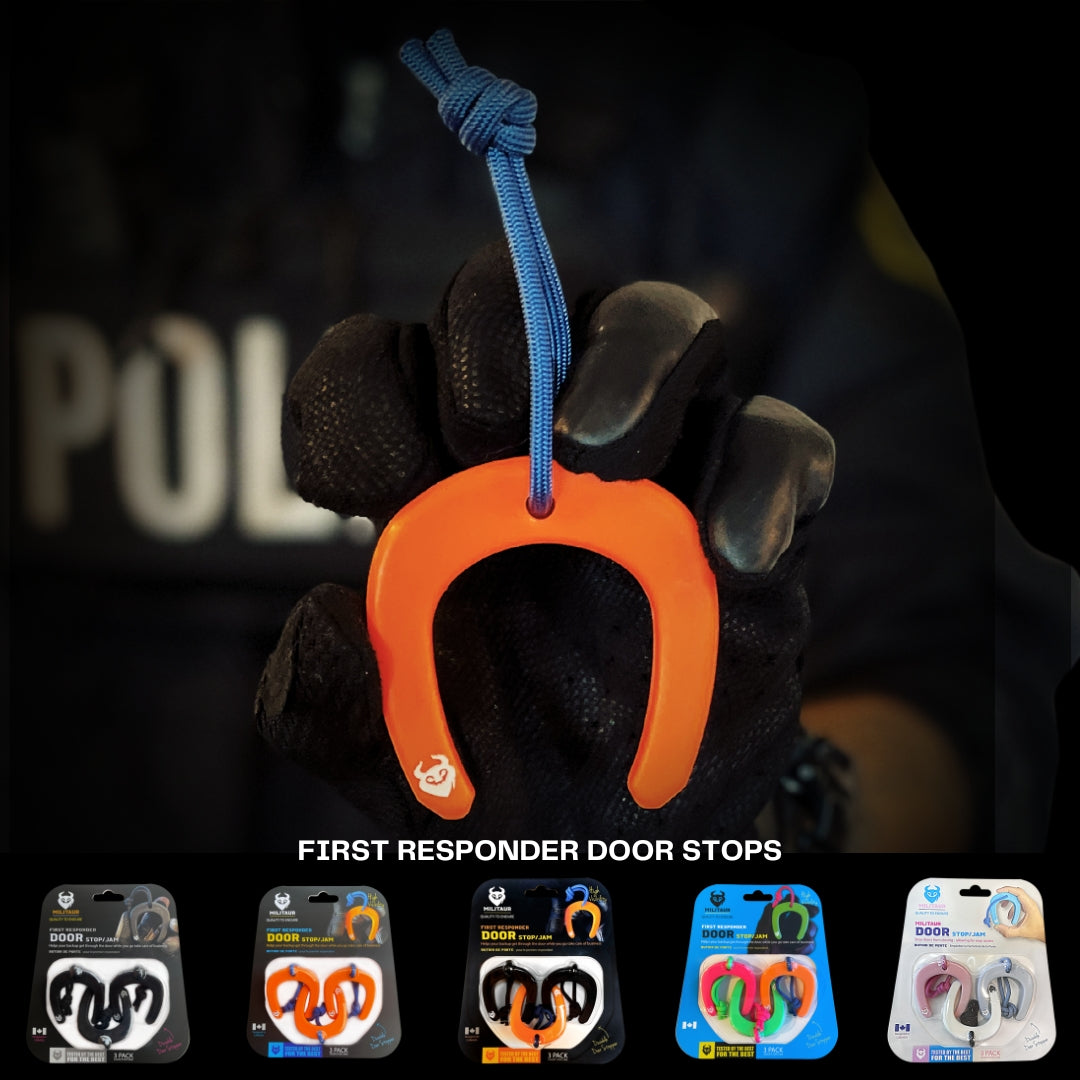Vicarious Trauma
Vicarious trauma is known under many names. It is often called compassion fatigue, secondary traumatic stress, secondary victimization, and secondary trauma. It is also thought of as the ‘cost of caring’ for others. It is common for people who work with trauma survivors, including counselors and law enforcement.
What Is Vicarious Trauma?
Therapists and counselors often hear stories from the people they are helping. These stories often comprise of traumatic experiences, and it is not only the person who has to go through the experience again, but the therapist also goes through the experience with the individual as the experience is relived through words and emotions.
This reliving of the experience by the trauma survivor can lead the therapist (or another individual) to feel the same feelings as the trauma survivor did (albeit to a lesser extent). Living through someone else’s experiences can lead to vicarious trauma, but multiple experiences can add to the extent of the feelings.
Vicarious trauma can lead to a shift in the worldview of the person who is helping the trauma survivor. It can also shift their beliefs about the world.
Alongside vicarious trauma, helpers can also suffer from burnout and compassion fatigue. Compassion fatigue is when helpers feel the emotional and physical fatigue that derives from feeling compassion for a trauma survivor. Compassion fatigue often occurs when helpers do not have sufficient time away from caring to care for themselves. Burnout can happen with a traumatic element or not. Burnout happens when people work in a toxic work environment or perform tedious work without any time to care for themselves.
Vicarious trauma can occur in anyone who is helping others who have experienced trauma, but people who help children or sexual assault survivors are particularly at risk.
How To Recognize Vicarious Trauma
Vicarious trauma can have many of the same symptoms as burnout and compassion fatigue, but it is important to know that they are very different and should be treated accordingly. The first place to start is by recognizing that you or another has vicarious trauma So what should you be on the lookout for?
VICARIOUS TRAUMA CAN BE BROKEN DOWN INTO FIVE MAIN CATEGORIES:
Emotional symptoms can include all of the feelings which you would associate with trauma. There can be grief, sadness, and anxiety. These feelings can lead you to feel irritated and angry, especially with other people. You can become distracted and notice changes in your mood, especially linked to your happiness and sense of humor. You can also suffer from a general feeling of unease and a lack of comfort and safety.
Your behavior can also change with vicarious trauma. You can feel like you are a trauma survivor and seek isolation. You may turn to alcohol or other substances to help you cope with the world. Your eating habits can change, you can develop insomnia, your behavior can become risk-orientated, and you can have difficulty finding a balance between your work and your personal life.
Physiological symptoms can include headaches, heartburn, rashes, ulcers, and many other afflictions affecting your well-being.
You can also suffer from impaired cognitive function. You may begin to have problems concentrating on your work, remembering, and decision making. You may also find that you become obsessive about the person you are treating and cannot stop thinking about their trauma. It can be hard to switch off. You can become negative and cynical.
You can also be affected spiritually. You can begin to feel that you do not have a sense of purpose anymore; you can lose hope. Vicarious trauma can leave you feeling disconnected from other people and the world around you. You can feel that you are unworthy of another’s love and attention.
Can Vicarious Trauma Be Prevented?
There is no way to prevent vicarious trauma completely, but if you take steps to prevent it, then there is a great chance that you will never have to deal with the symptoms. If you are in a helping environment or know someone who is helping others with trauma, then it is up to you to either take precaution to help others to take the necessary precautions.
Before you are put into a helping environment (and the same goes for any person), it is essential that you are given the appropriate training and supervision. Before you start helping others, you should be given the proper tools to help you to help others or the risk of vicarious trauma is going to be increased. You should also have the chance to talk with those who are working with trauma survivors and have an understanding of what you are going to go through.
When you are put into an environment where you are going to be helping those who have been through trauma, it is critical that you make time for your own self-care. If you do not, then not only are you putting yourself at risk, but you are less equipped to be able to help the trauma survivor.
There are many things which you can do to help channel your emotions appropriately and deal with the second-hand trauma. Journalling is an excellent way to get your feelings and emotions out and deal with them appropriately. The act of writing the feelings down helps to release them from you. Other suggestions include taking the appropriate holiday time and time off work to recover, listening to and playing music, spending time with friends and family, and having a hobby.
It may sound counter-intuitive, as you are helping to counsel someone else, but going to therapy or counseling can help you to have the time set aside to deal with your own thoughts and feelings. You will also have someone there to guide you through the process.
Maintaining a good work/life balance is also important. By having enough time away from work, you are not going to overwork yourself or become too focused on the problems you are facing at work. Finding the time for yourself is important for everyone, but especially important for those who are at risk of vicarious trauma.
How To Cope With Vicarious Trauma
The first step in dealing with Vicarious trauma is to admit that your work is affecting you. It can be hard to remove yourself from your workplace, and, more importantly, the person who you are helping. You do not want to feel as if you are letting the person down when they have been through significant trauma, and you have not, but if you carry on treating someone when you are suffering from vicarious trauma, then not only are your going to be seriously damaging yourself, but you are going to be unable to help the trauma survivor effectively.
The first thing to do is to remove yourself from the situation. It can be hard to let someone go, but you need to recognize that this is the best thing which you can do for them. You should also recognize that it is the best thing you can do for yourself. You need to take care of yourself so that you can return to helping people.
Taking time off will help you to face what you have gone through. Removing yourself from the situation will help you to become less focused on the trauma. Both things should be done, but they are not going to help you solve the problem. You should seek help from a professional to guide you through the process.
Immersing yourself in therapy will help, but you should also combine this with immersion in other things. You should focus on your friends and family, relationships, community, and spirituality. It takes real strength to recognize that you cannot help someone and that you yourself need help, but that does not mean that you will not be able to help in the future. Going through vicarious trauma and coming back from it will only make you a stronger person.
Conclusion
Vicarious trauma is a very real risk for those who are helping others through trauma. In many cases, vicarious trauma can almost be as bad as the trauma itself. With a little preparation and constant self-monitoring, you can protect yourself from the risk and help the people you set out to help.
Recognizing that there is a risk is the first step in understanding vicarious trauma, and you should be on the lookout for symptoms in yourself and this around you. Vicarious trauma can be deadly to an individual. Some people can live with it for years while ineffectively helping others. Stopping to recognize the symptoms, and, more importantly, manage them, can save a lot of lives (including your own).
Vicarious trauma is a very real problem facing many people in the world today. Taking the time to ensure that you and your colleagues have a balance between work and personal life is critical, no matter how hard it is to put into practice. You should not have to suffer, and if you take time for yourself, you will never have to.
Written by Steven Doyle











